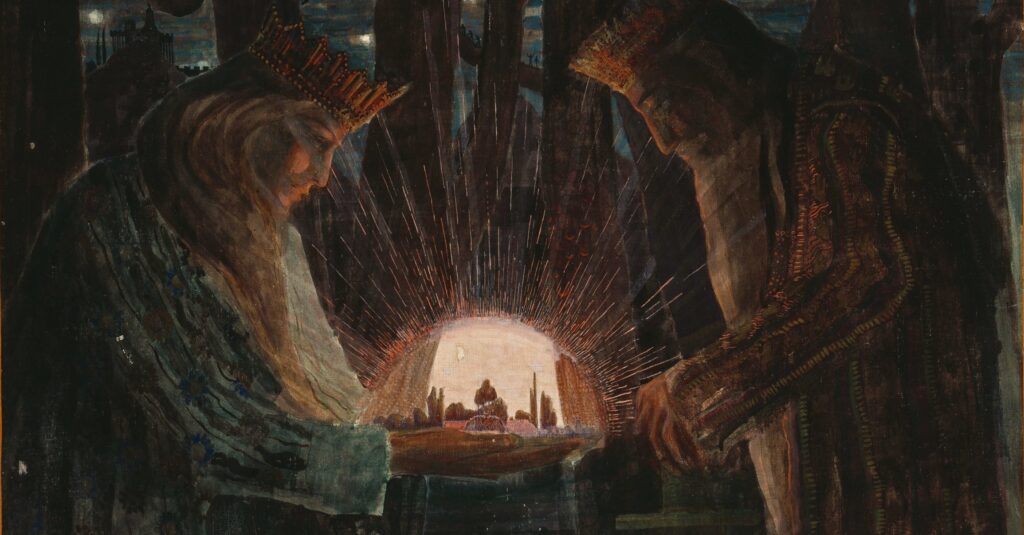
Why Everyone Should Believe in Fairies (Part One)
First in a Four-Part Series:
I. Human History
II. Christian History
III. Our Places
IV. Our Classrooms
As I keep reading and growing older, it seems increasingly obvious to me that we modern people have become more and more blind and distracted with each passing year. We are troubled by our atomized lives and by the damage that we are doing to our world’s ecosystems. However, like people trapped in a maze of mirrors, we only chase a host of illusory solutions. One simple antidote to this blindness, distraction, and isolation is to seriously consider that our places are alive in a variety of ways far beyond our currently reduced capacities of seeing. We have good reasons to insist upon this world that is connected by layers of lives beyond our own.
For Christians, a living place should be somewhat familiar: our scriptures are filled with skies and rivers that pour forth speech, stars that sing, mountains that clap their hands, an entire cosmos that waits with the groaning of birth pangs for humanity to be revealed as the divine image, and a God in whom we all live and move and have our being. Although not acted upon consistently by many Christian cultures across various times and places, this living creation nonetheless shows up across Christian history within hymns, prayers, and even theology. Theophanes the Branded wrote the hymn “Adam’s Complaint” near the end of his life, after being made Metropolitan of Nicaea in 842. This song is now part of every Orthodox Forgiveness Sunday (the last Sunday before the start of Lent). In this hymn, Adam sits disconsolate outside the gates of Eden and weeps over his banishment. At one point, Adam begs the garden and its plants to pray on his behalf:
O most-honored paradise,… beseech the Creator of all, by the tune of the rustling of Your leaves, to open for me the gates that I closed by sin.
While such language is certainly not a direct invocation of fairies, it affirms a living world that participates in the life of God while also having some concern for our human lives. I argue below that we should learn to ask the flowers to pray for us. It clears our vision when we consider as seriously as possible the myriad of long-lived, elusive, and often awe-inspiring lives that share our cosmos or that make our places into a host of wild, overlapping worlds. In many human cultures across history, the world of fairies is just one name for several such realms of creatures that go about their lives within or alongside ours—sharing our rocks and rivers, our wildflowers and mountains. Every human culture spread across our planet for its entire history has envisioned a diverse array of such creatures, considering them to be as real and obvious as the soil, the sparrows, the wind, and ourselves. It is only our own secular age that has reduced the world to nothing but disconnected material resources. We see only a world of lifeless moving parts to control and reassemble so that we can have muscle cars, fast food, social media, and precision-guided munitions.
The problem lies not with the methodologies that have permitted such great effectiveness in recent centuries in scientific research and technological development. However, we have used the methodologies of modern science in ways that are more negative than we generally realize, and they have given us a tragically diminished vision of reality. Of course, these are topics for other essays. Here, my primary point is that any advocacy on behalf of the lost worlds of fairies and related beings, is long overdo.
Even if we can never find our way back to a sustained awareness or a communal vision of these overlapping worlds, we can regain some degree of understanding regarding their reality and distinct histories, and the pursuit of this understanding might guide us in our quest to find ways of making homes together again out of the many abandoned and broken places in our modern world. Of course, this quest to better know fairies requires something from our lifestyles and daily habits rather than clever slogans or impressive funding options. Those who sit impassively on the sidelines, or who laugh with derision when they overhear serious talk about the reality of fairies, is actively reinforcing our sense that God was the designer of a mechanical, clockwork world that He afterward simply observes from an imperial or neutral distance. Apathy toward fairies deepens our numbness toward creation’s life and toward each other.
Put in the most general terms, this is a simple plea for all aspects of our world to be acknowledged as alive in a real sense— and as therefore participating in the eternal life of God. While my reflections will get far more specific and concrete about fairies, some of my readers will prefer to remain the respectful neighbors of such creatures through the distance of only the most sweeping and undeveloped claims. This reserved approach has its merits. Having never seen a fairy or other such creature myself, I can only claim a sustained attempt at giving some quiet attention to my place in this world. This disposition toward my place at least allows me some sense of sorrow at the losses that it sustains, while also allowing me to delight in its often quiet and always-dappled majesty; and it is this simple point that I would hope for anyone to take away from my reflections here. This informs my decision to include reflections on the Susquehanna River in Part III of this series.
Without declaring any universal rule of life, I will claim that stability in our places across generations is preferable to instability for both the peoples and the places. As we will see below, this intergenerational stability within a specific piece of land was traditionally a well-known prerequisite for the second sight—the ability to see the fairy realm. It is also something that is defended beautifully by many authors, such as Richard Beck in Hunting Magic Eels: Recovering an Enchanted Faith in a Skeptical Age or in anything by Wendell Berry. (1)
Human History and the Worlds of Fairy
As someone with formal training in history, my favorite approach to this topic is to make four historical claims. While I don’t have the space to fully defend these claims here, I will briefly do so after this initial outline.
First, every human culture that has existed for millennia, in every place on our planet, has innumerable oral accounts and written records of fairy-type creatures, and virtually every person before the seventeenth century would have believed in the existence of such creatures as a simple fact of life.
Second, even in the present day, countless accounts of ancient and otherworldly creatures continue to come from those peoples living close to their land, often without the conveniences of modern life. We have many modern-day accounts of fairy-like creatures remaining as a part of everyday life for such communities worldwide.
Third, modern humans only stopped seeing these creatures on a regular basis after they had started to colonize all other regions of the earth on a massive and unprecedented scale. This involved the disrupting and relocating of human populations that had been comparably stable for generations, inflicting massive casualties through disease, conquest, and brutal enslavement on the local human population in many parts of the world. Our blindness to a living creation began only after we started to extract the earth’s resources at exponentially accelerated rates and with increasingly powerful mechanized tools. As a result, we began to depend regularly on resources and food that had been transported from far-away parts of the globe.
Fourth, modern humans have had enough time (a period of about five centuries) to fully develop their own shroud of insulating pseudo-mythologies that have proven profoundly effective at protecting them from reality. Unmasking these elaborately-constructed stories would require many books, so I will cite just one simple example from philosopher Stephen R.L. Clark that he calls the most basic “fable” of modern culture:
The story that has most affected recent writers is that our ancestors were enmeshed in superstition, that “the Greeks” invented science to escape, then lost their nerve and succumbed again to “Oriental” fantasies. Popular works on science refer disparagingly to the “Dark Ages” and to “Medieval Superstition.” (2)
Each of these four historical claims would require a sizable pile of books to unpack. Few would disagree with the first point that every human culture (with the single exception of post-Enlightenment modernity) has produced a massive wealth of unique and local folklore. This is easily documented, an ongoing subject of study by folklorists, literary scholars, anthropologists, sociologists and psychologists. (3) However, few of these modern scholars ever stop and wonder why they themselves live in a culture that produces no folk stories, or anything other than increasingly sensational popular entertainment on the one hand, and products for boutique markets on the other.
A few might argue that some educated folks in all ancient civilizations would have questioned such superstitions. The reality, however, is that, until only the past 500 years or so, even the most well-educated sages and doctors in all human civilizations clearly tended to take seriously the worlds of fairy-like creatures that surrounded them. (4)
As for my second claim that many modern accounts of fairies and other such mythic creatures exist, it would be easy for me to turn to personal stories from my own 18 years growing up in a traditional Asian culture; to anecdotes from siblings and friends who have spent time in many other regions of the world; as well as to numerous documented interviews with people living in communities that still report regular experiences with fairy-like creatures. However, I will just cite one example from religion scholar and Orthodox Christian author David Bentley Hart:
Of course mermaids exist. Or, to be more precise, of course water spirits and magical marine beings of every kind are real and numerous and, in certain circumstances, somewhat dangerous. …They also come from everywhere: all of Europe, the Americas, Africa, Polynesia, India, the greater Pacific, the Caribbean, Persia, the Far East, Oceania. Therein lies the real delight of this book. Its selections stretch as far back in time as Babylonian myths about Oannes, the sirens of the Odyssey, a Naga episode from the Bhagavata Purana. …More fascinating yet are the modern reports of real encounters with mermaids or other water-spirits, such as two from Zimbabwe, one from South Africa, three from northeastern India, and so on. They are so ingenuous, well-attested, and credible that only a brute would refuse to believe them. And, of course, there is a real moral imperative in not dismissing such tales as lies or delusions. (5)
When Hart mentions “a real moral imperative in not dismissing such tales,” he means that, if Christians base their entire faith upon the credible eye-witness accounts of poor and powerless people, then Christians should be careful not to slander and dismiss the witnesses of other poor and powerless people regarding any number of other realities that do not accord with our modern blindness and prejudices. While we may feel that such accounts of the reality of mermaids and other such creatures are ridiculous and superstitious, there are vast numbers of such accounts from simple and honest people. We make fools of ourselves as Christians when we ignore hosts of honest people who have nothing to gain by sharing what they know about the realities that they have experienced. To be blunt, such Christians reveal only their own inclination to worship the now-familiar idols of the Enlightenment instead of standing up for God’s abiding truths.
Moving to my third point—that European Christians stopped seeing fairies only when they started to colonize the world—I will give, again, just a couple of my favorite examples. Robert Kirk, author of The Secret Commonwealth in 1691, notes that it was widely understood among all those with the second sight (i.e., the ability to see and converse with fairies) that they could only see such creatures while on their native soil, the same that their ancestors had lived on for generations. This experience accords with an insight from J.R.R. Tolkien that C.S. Lewis shared in a letter to Arthur Greeves (22 June 1930):
Tolkien once remarked to me that the feeling about home must have been quite different in the days when a family had fed on the produce of the same few miles of country for six generations, and that perhaps this was why they saw nymphs in the fountains and dryads in the woods – they were not mistaken for there was in a sense a real (not metaphorical) connection between them and the countryside. What had been earth and air and later corn, and later still bread, really was in them.
We of course who live on a standardised international diet (you may have had Canadian flour, English meat, Scotch oatmeal, African oranges, & Australian wine to day) are really artificial beings and have no connection (save in sentiment) with any place on earth. We are synthetic men, uprooted. The strength of the hills is not ours.
My fourth claim—about our modern fables of enlightenment and progress—takes us rather far afield from my main concerns in this essay, so I will avoid elaborating on it too much. See footnote three for further reading on this topic. Finally, I would like to clarify that I do not see the practical goodness of modern science and technology as a necessary impediment to a human life that remains close to, and respectful of, our places. We simply have not yet found any such ways of life within the modern world. My hunch is that taking fairies and other such creatures seriously will help us all to find new ways of life together that will allow us to dwell in each of this world’s beautiful places as true homes.
Related Courses:
Awakening the Moral Imagination with Vigen Gurioan
Myth Made Fact with Louis Markos
Notes:
- “The Presence of Nature in the Natural World: A Long Conversation” published in 2016 within A Small Porch is his most specifically fairy-related essay.
- From Ancient Mediterranean Philosophy page 5. See here for more on this book. (Also, in full disclosure, here is a list of all of the top pseudo-mythologies of our own day as I understand them: 1. history’s great turning point is a rational and secular Enlightenment; 2. the scientific revolution is an enemy of religion; 3. the cosmological vision of mechanistic materialism; 4. and the existence of autonomous individuals with libertarian freedoms. Obviously, this list takes us far afield and would require many separate pages of explanation and defense.
- For example, see Folklore: The Basics by Simon J. Bronner (2016).
- Here are a few books that debunk the myth of scientific enlightenment within the ancient world, while remaining positive about science as a practical art: Inventing Superstition: From the Hippocratics to the Christians by Dale B. Martin; Ancient Mediterranean Philosophy: An Introduction by Stephen R.L. Clark, and Flat Earths and Fake Footnotes: The Strange Tale of How the Conflict of Science and Christianity Was Written Into History by Derrick Peterson. To those three titles—as starting points in defense of my last historical claim—I would add contemporary classics such as The Abolition of Man by C.S. Lewis, A Secular Age by Charles Taylor, and The Unsettling of America by Wendell Berry.
- From a review of Selkies and Nixies: The Penguin Book of Mermaids for The Lamp: A Catholic Journal of Literature, Science, the Fine Arts, Etc (Issue 2, Assumption 2020, pages 49-50). If you are not familiar with his work, Hart has published a translation of the New Testament with Yale University Press among many other books and academic accomplishments.
Jesse Hake serves K to 12 educators and parents at ClassicalU.com as the director. Before that, he served for seven years at Logos Academy in York, PA as academic dean and principal. He and his wife, Elizabeth, have three children, Nessa, Tobias and Tabitha. Jesse has taught college courses in history, philosophy, and ethics as well as upper-school history, literature, and rhetoric. He grew up in Taiwan as the oldest of nine children. He has a BA from Geneva College in history as well as an MLitt in history from the University of St Andrews in Scotland.


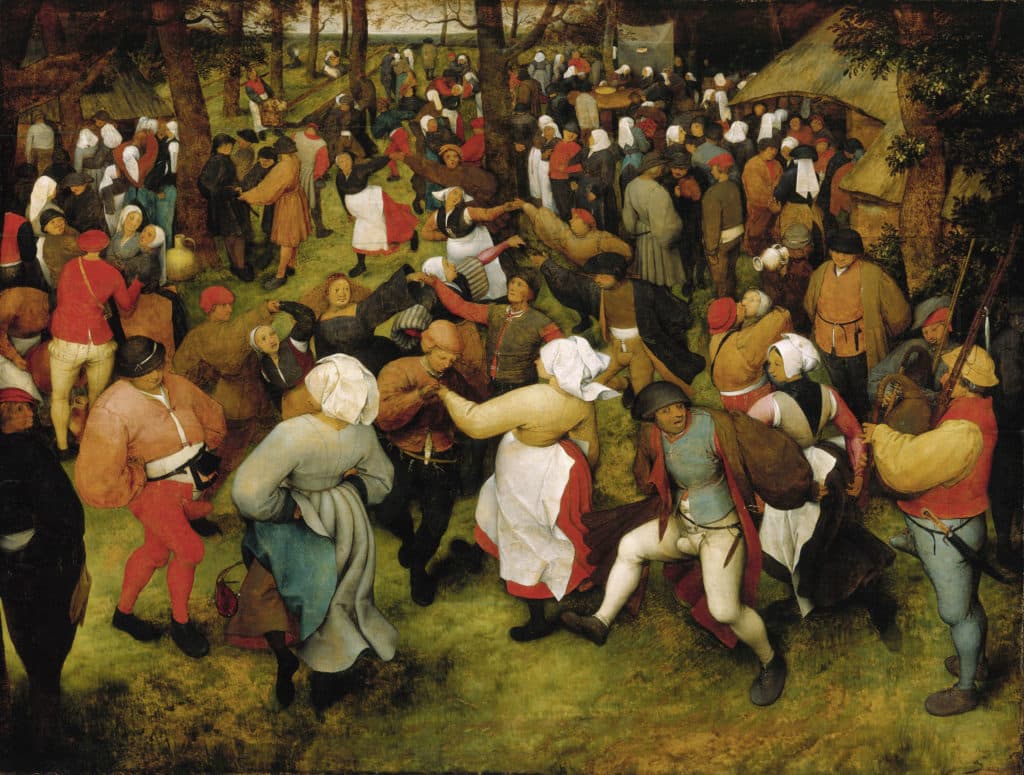
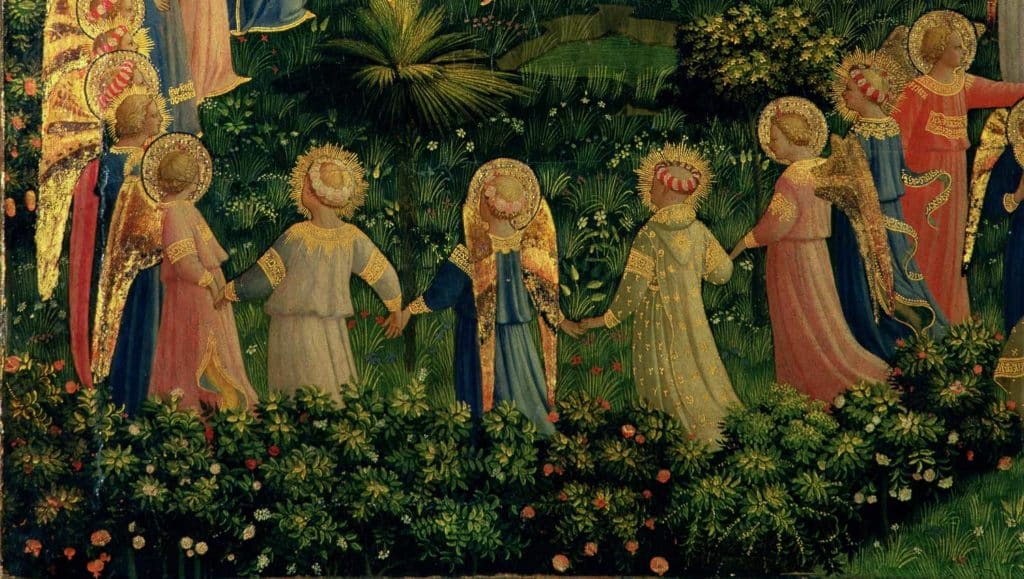
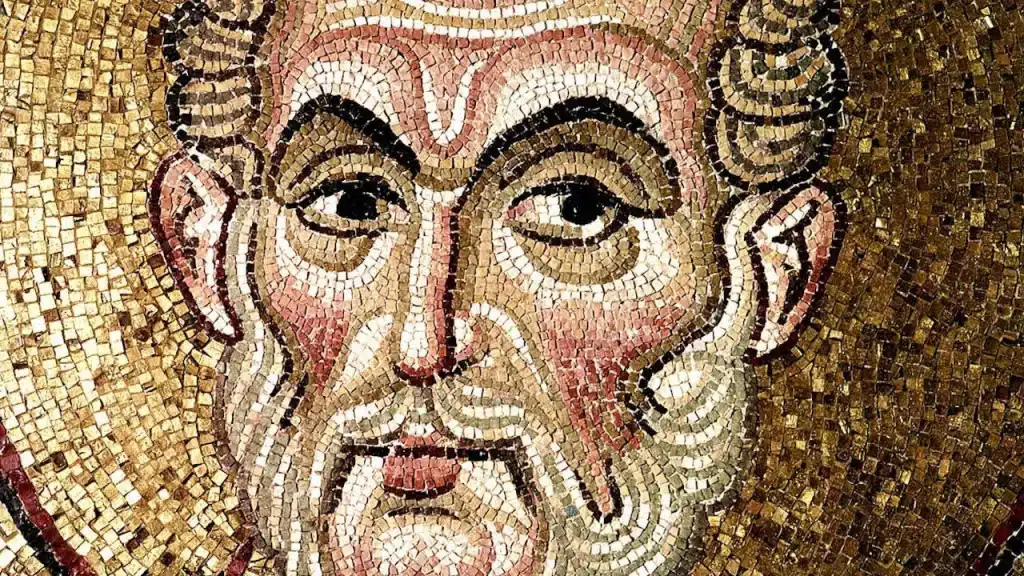

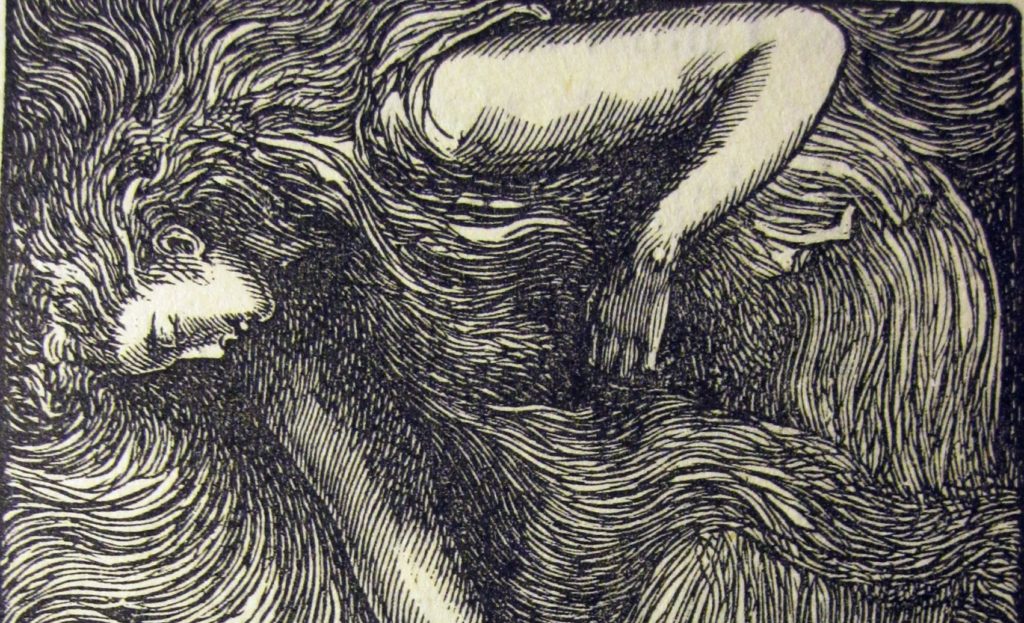

Responses